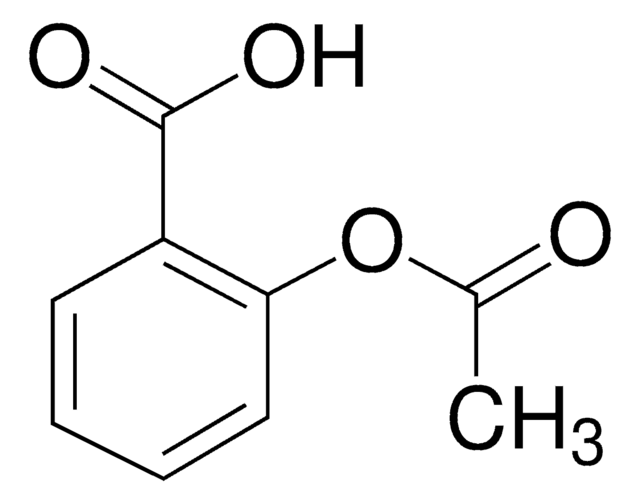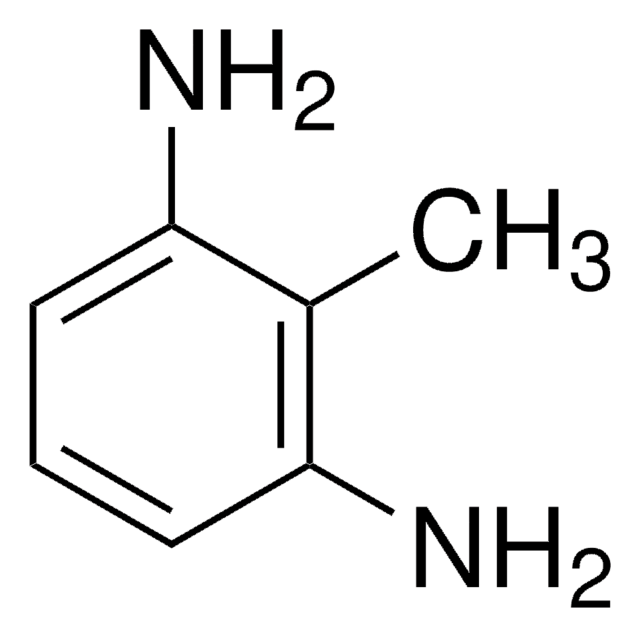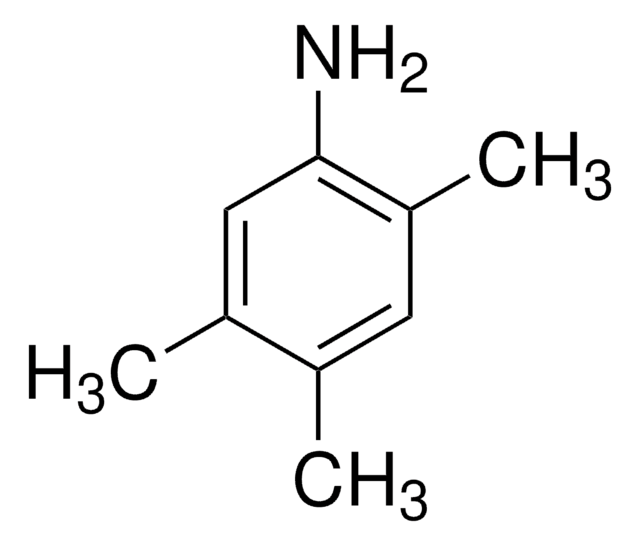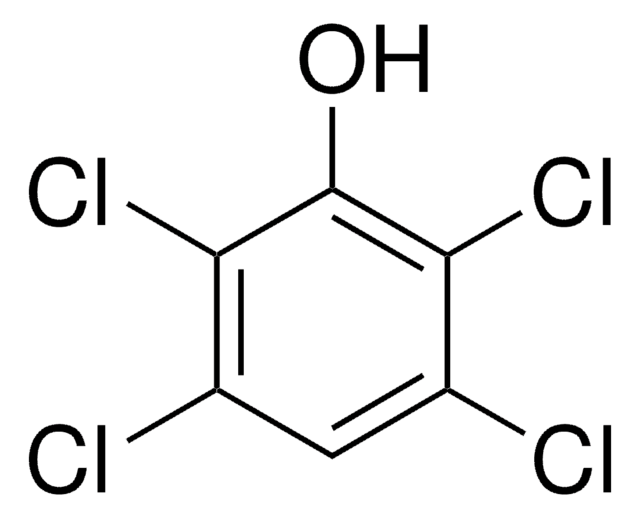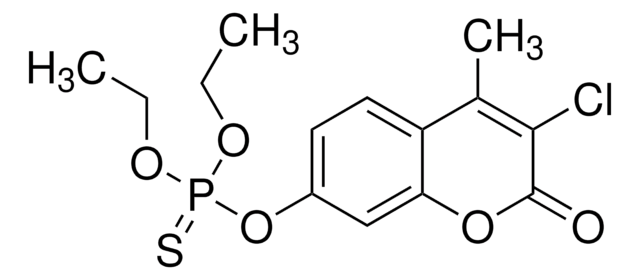442315
2,4-Dimethylaniline
analytical standard
Synonym(s):
1-Amino-2,4-dimethylbenzene, 2,4-Xylidine, 4-Amino-m-xylene
About This Item
Recommended Products
grade
analytical standard
vapor density
4.2 (vs air)
vapor pressure
0.16 mmHg ( 25 °C)
CofA
current certificate can be downloaded
autoignition temp.
860 °F
expl. lim.
7 %
packaging
ampule of 1000 mg
technique(s)
HPLC: suitable
gas chromatography (GC): suitable
refractive index
n20/D 1.558 (lit.)
bp
218 °C (lit.)
mp
−14.3 °C (lit.)
density
0.98 g/mL at 25 °C (lit.)
application(s)
environmental
format
neat
storage temp.
2-30°C
SMILES string
Cc1ccc(N)c(C)c1
InChI
1S/C8H11N/c1-6-3-4-8(9)7(2)5-6/h3-5H,9H2,1-2H3
InChI key
CZZZABOKJQXEBO-UHFFFAOYSA-N
Looking for similar products? Visit Product Comparison Guide
General description
Application
signalword
Danger
Hazard Classifications
Acute Tox. 3 Dermal - Acute Tox. 3 Inhalation - Acute Tox. 3 Oral - Aquatic Chronic 2 - STOT RE 2
Storage Class
6.1A - Combustible, acute toxic Cat. 1 and 2 / very toxic hazardous materials
wgk_germany
WGK 3
flash_point_f
208.4 °F - closed cup
flash_point_c
98 °C - closed cup
ppe
Eyeshields, Faceshields, Gloves, type ABEK (EN14387) respirator filter
Certificates of Analysis (COA)
Search for Certificates of Analysis (COA) by entering the products Lot/Batch Number. Lot and Batch Numbers can be found on a product’s label following the words ‘Lot’ or ‘Batch’.
Already Own This Product?
Find documentation for the products that you have recently purchased in the Document Library.
Customers Also Viewed
Our team of scientists has experience in all areas of research including Life Science, Material Science, Chemical Synthesis, Chromatography, Analytical and many others.
Contact Technical Service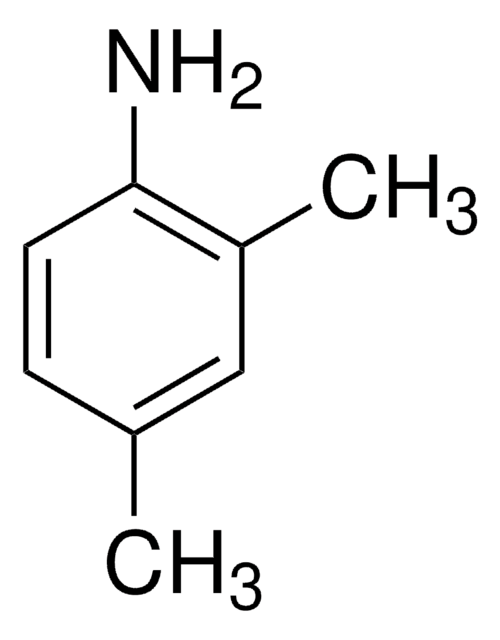
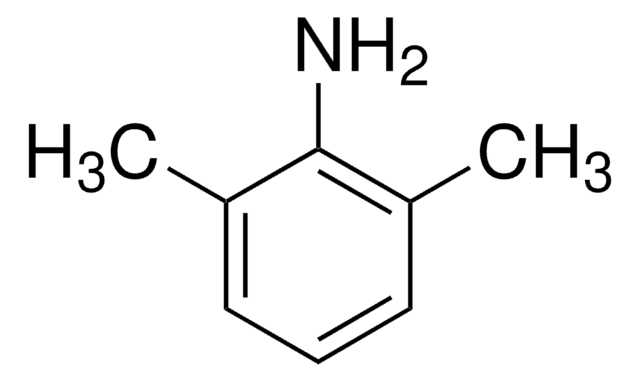
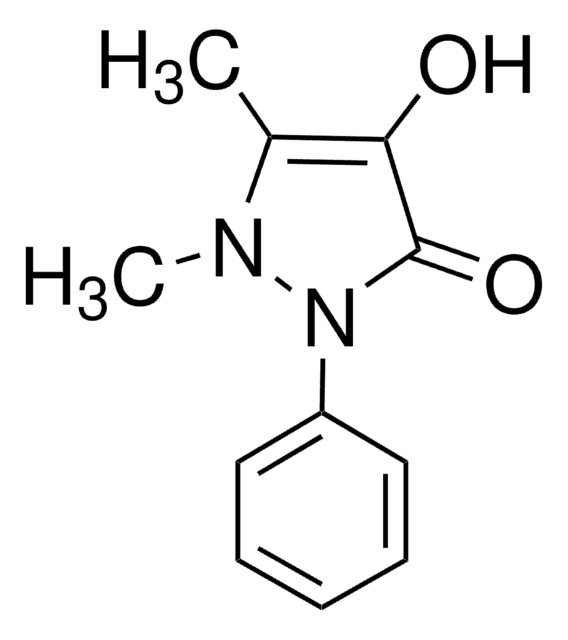
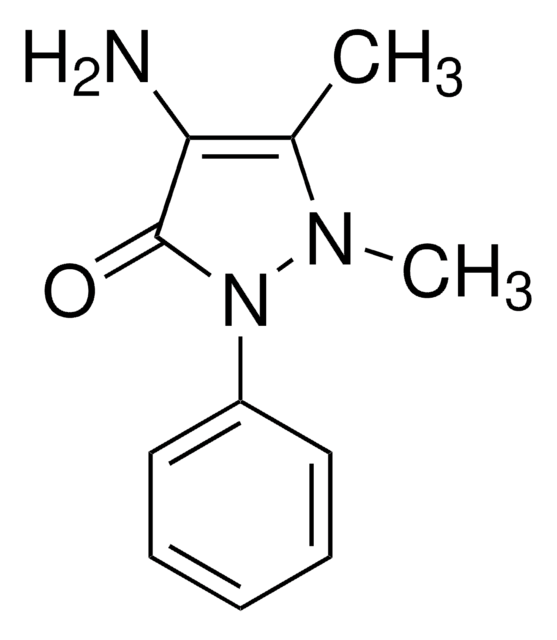

![Benzo[a]pyrene analytical standard, for environmental analysis](/deepweb/assets/sigmaaldrich/product/structures/253/820/be96d879-1811-46c0-8f11-612019691c2d/640/be96d879-1811-46c0-8f11-612019691c2d.png)
